Eye conditions and diseases
Understanding common causes of vision loss
Vision loss can be caused by eye problems present from birth, conditions that appear later in life, infections, or environmental factors. Learn more about the most common eye conditions and diseases that can cause vision loss.
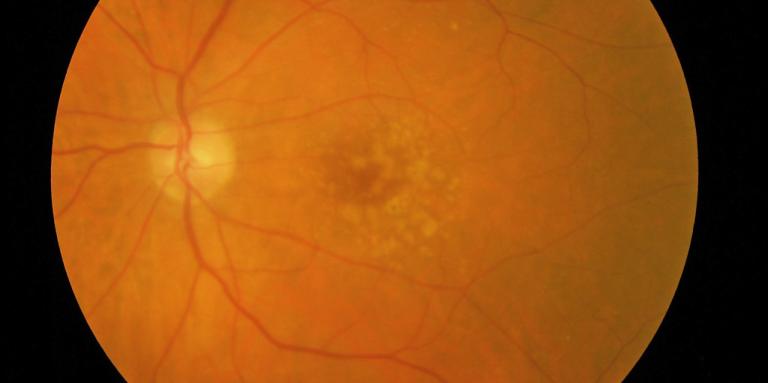
Age-related macular degeneration (AMD)
Age-related macular degeneration (AMD) is the most common cause of vision loss among Canadians over the age of 50.
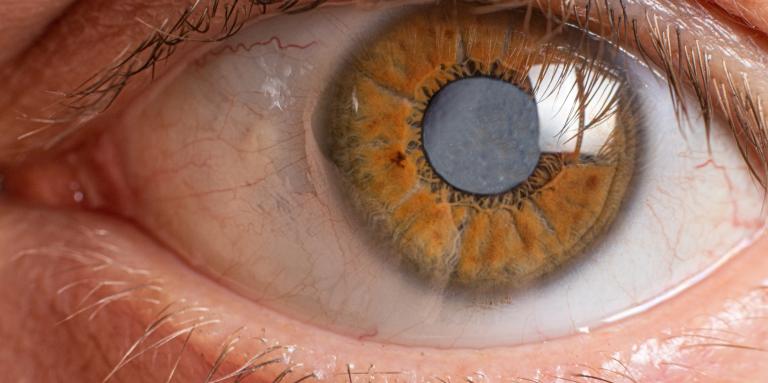
Cataracts
Cataracts occur as your lenses naturally harden with age and may turn cloudy. The effect can be like looking through a dirty car windshield.
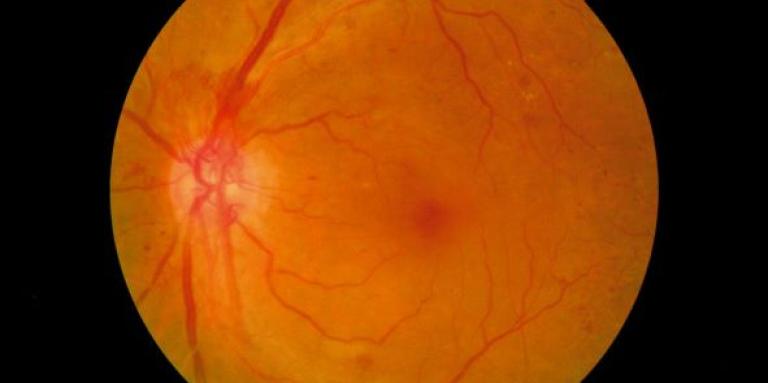
Diabetic retinopathy
Diabetic retinopathy occurs when elevated sugar (glucose) levels in your blood cause the blood vessels in the eye to swell and leak in the retina.

Dry eye
Dry eyes happens when your eyes don't produce enough tears, or tears evaporate too quickly.

Floaters and flashing lights
Floaters are dark specks in the form of dots, circles, lines, or cobwebs. Flashing lights can appear as lights going on and off, especially to one side.
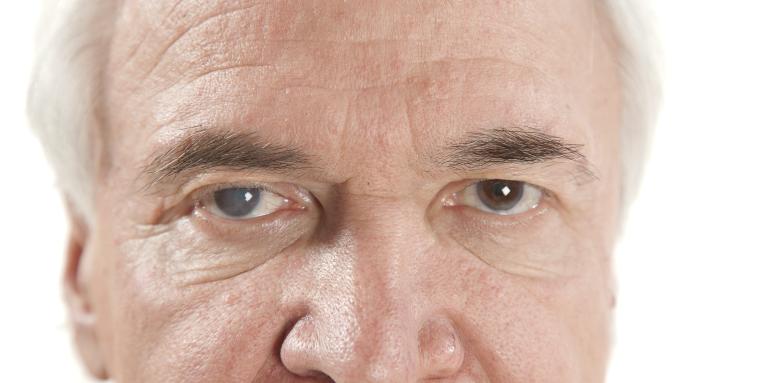
Glaucoma
Glaucoma occurs due to damage to the optic nerve. Over time the disease develops into a loss of peripheral (side) vision.
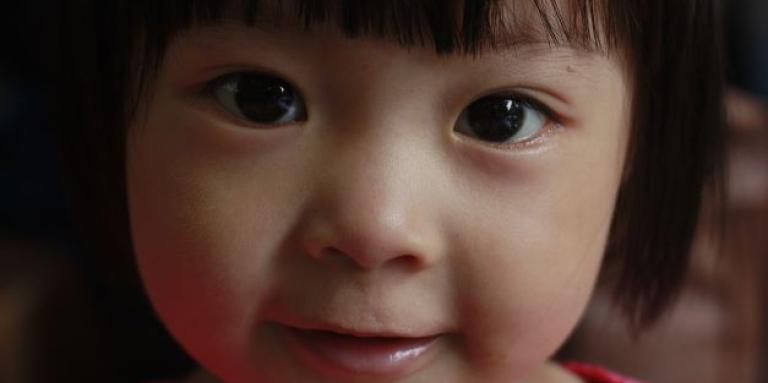
Lazy eye (amblyopia)
Amblyopia (commonly known as “lazy eye”) happens when the vision in one eye doesn't develop properly in early childhood.

Retinal Detachment
Retinal detachment is a serious problem that usually affects middle-aged or older people. If it isn’t treated immediately, it will lead to vision problems or even vision loss.

Turned eyes (strabismus)
Strabismus is the medical term for misalignment of the two eyes that are not straight. It occurs in at least five per cent of the population.
